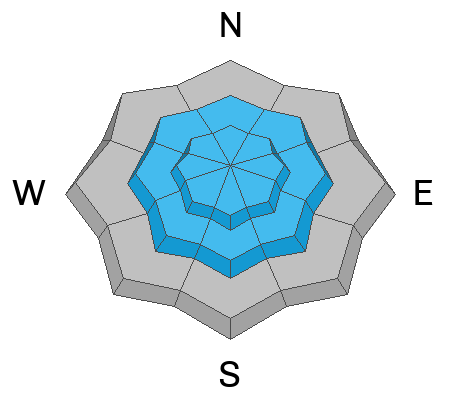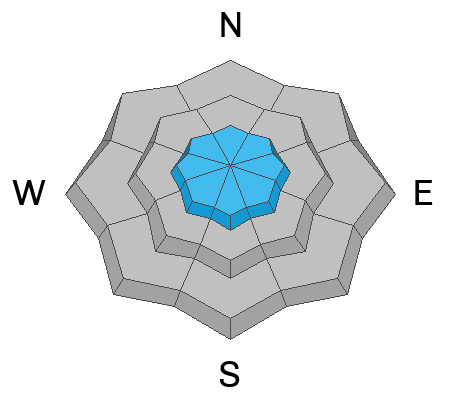Forecast for the Ogden Area Mountains

Issued by Dave Kelly on
Monday morning, January 16, 2023
Monday morning, January 16, 2023
The avalanche danger is CONSIDERABLE at upper elevations, where you can expect to trigger small avalanches in the new snow on all aspects over 30 degrees. The avalanche danger is MODERATE at mid and lower elevations.
New and wind drifted snow avalanches are more than enough to catch, carry, and bury a rider.
Forecasted snowfall and increased wind this afternoon will make decision making in avalanche terrain more difficult as the day goes on.

Low
Moderate
Considerable
High
Extreme
Learn how to read the forecast here






